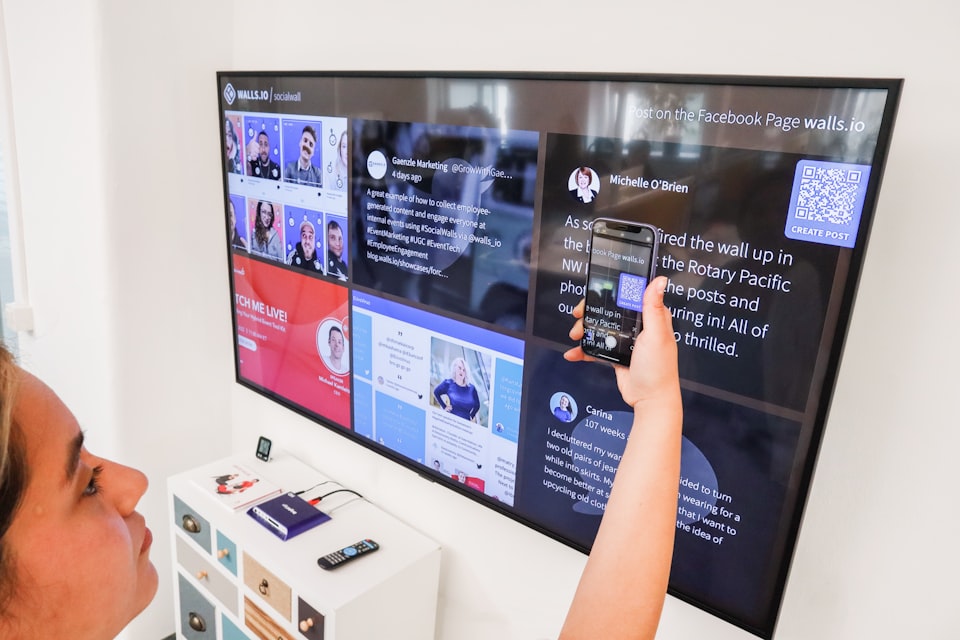QR Education & Safety

While QR codes offer many advantages, they also have some limitations and security considerations:
Limited scanning distance: QR codes need to be scanned from up close in order for the camera to recognize the code. This means that they may not be effective for advertising or marketing campaigns that require long-distance visibility.
Limited scanning angles: QR codes need to be scanned from a certain angle in order for the camera to recognize the code. This means that they may not be effective if the code is placed in a location that is difficult to scan from a certain angle.
Limited compatibility: Not all smartphones or cameras have built-in QR code scanning capabilities. This means that some users may need to download a dedicated QR code scanning app or use a specific type of camera to scan QR codes.
Data capacity limitations: While QR codes can hold much more data than barcodes, they still have limits on the amount of data they can hold. This means that some types of information may be too large to be stored in a QR code.
Security concerns: QR codes can be easily created and shared, which can make them vulnerable to hacking or malicious use. Users should be cautious about scanning QR codes from unknown sources or that they do not trust.
Malicious content: QR codes can be used to distribute malware or malicious websites. To mitigate this risk, users should only scan QR codes from trusted sources and avoid scanning codes from unknown or suspicious sources.
Phishing scams: QR codes can be used in phishing scams, where a code may lead to a fake website or trick users into revealing sensitive information. To avoid this, users should verify that the URL associated with the QR code is legitimate and secure.
Misdirected content: QR codes can be redirected to different content by attackers, which can lead to exposure to inappropriate or harmful content. To reduce this risk, users should be cautious when scanning QR codes, and only scan those from trusted sources.
Code tampering: QR codes can be tampered with by attackers, which can lead to unintended consequences. To prevent code tampering, users should verify that the QR code has not been altered in any way, such as by checking for signs of tampering or damage.
Privacy concerns: QR codes may collect user data, such as location and device information. To protect user privacy, users should review the privacy policy associated with the QR code before scanning it, and be aware of the data that is being collected.
Overall, QR codes can be a powerful tool for transmitting information, but they also have some limitations that should be taken into account when considering their use. QR codes can also pose some security risks that can be mitigated by taking appropriate precautions and being aware of the risks. Users should only scan QR codes from trusted sources, be cautious of the content they are accessing, and take steps to protect their privacy and security.




